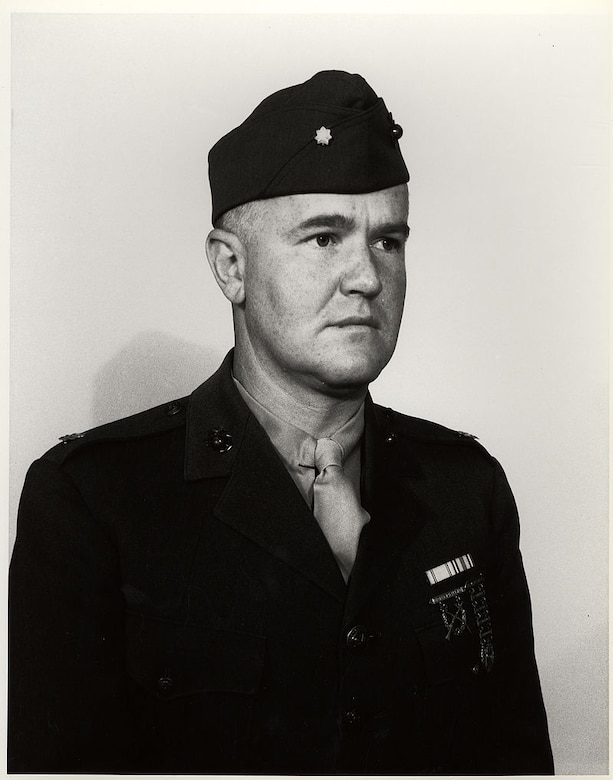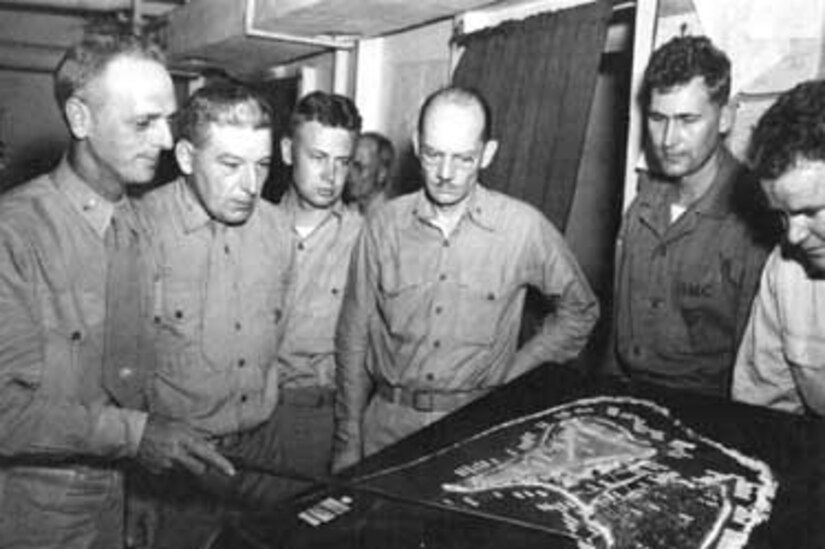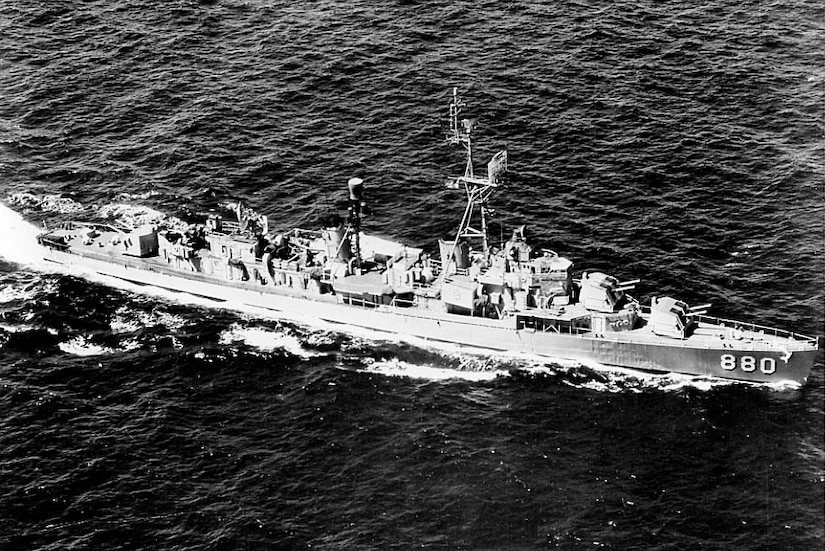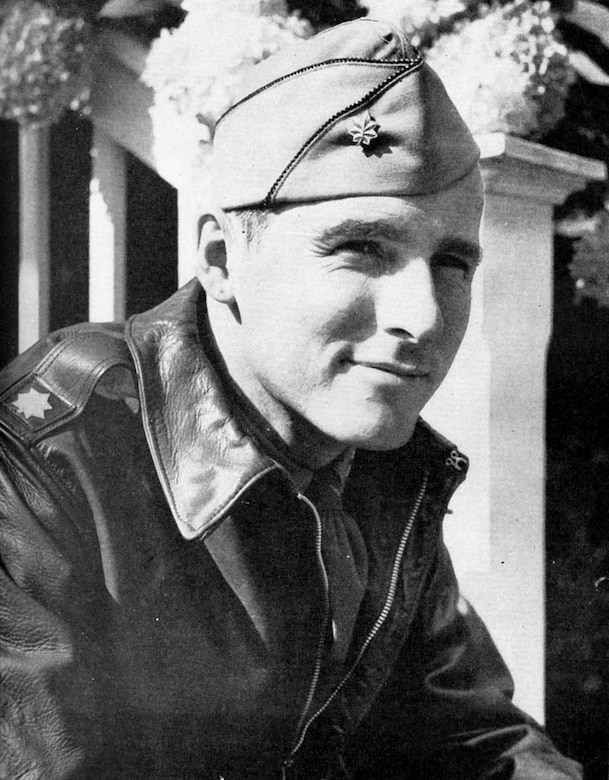Oct. 20, 2020 | , DOD News
Aquilla James "Jimmie" Dyess and William Edwin "Ed" Dyess, distant cousins, had much in common. Both grew up in the South. Both played football in school. Both joined the military in the 1930s. Both served in the Pacific Theater during World War II. Both attained the rank of lieutenant colonel. And, both performed acts of heroism.
Aquilla James "Jimmie" Dyess
Jimmie was born in Andersonville, Georgia, in 1909. In 1927, he enrolled in Clemson University, where he played on the Tigers football team for three years.
Jimmie's interest then shifted from football to shooting. He joined the ROTC rifle team during his junior and senior years at Clemson.
His marksmanship skills were so exceptional that he was selected to be on the ROTC rifle team representing 25 colleges throughout the South that competed in the 1930 National Team Matches at Camp Perry, Ohio.

In 1928, Jimmie earned national fame when he rescued two women from rough surf off the South Carolina coast. For his bravery, he was awarded the Carnegie Medal.
Upon graduating from college in 1931, Jimmie was commissioned as a second lieutenant in the Army Reserve. In 1936, he opted for an interservice transfer and was commissioned as a first lieutenant in the Marine Corps Reserve.
In 1937 and 1938 he was a member of the Marine Corps Reserve Rifle and Pistol Team Detachment at Camp Perry, distinguishing himself by earning many shooting awards.
In 1940, Jimmie went on active duty. By 1943, he had advanced to the rank of lieutenant colonel. In 1944, he joined the 4th Marine Division, during the Battle of Roi-Namur in the Marshall Islands, which began Feb. 1, 1944. Roi-Namur are two islands connected by a causeway.

On Feb. 1, 1944, six Marine snipers were on patrol on Namur Island where Japanese forces had taken up protected positions. The patrol unknowingly moved behind enemy lines, where they became pinned down on three sides by Japanese forces shooting at them from concealed positions.
One of the Marines was killed instantly, and four others sustained injuries. Jimmie braved heavy enemy fire to rescue the five survivors.
The next day, Jimmie was killed by enemy machine gun fire while standing on the parapet of an anti-tank trench directing a group of infantrymen during a flanking attack against the last Japanese position in the northern part of Namur Island.
For his valor, Jimmie was awarded the Medal of Honor. He is the only Medal of Honor recipient to also be awarded the Carnegie Medal.
In 1945, the destroyer USS Dyess was named in his honor.

William Edwin "Ed" Dyess
Ed was born in Albany, Texas, in 1916. He played football and was on the track and field team in high school.
After graduating from John Tarleton Agricultural College, he was commissioned as a second lieutenant in the Army Air Corps in 1937 and completed flight training.
In November 1941, he took command of the 21st Pursuit Squadron, which deployed to Nichols Field, Manila, Philippines.
On Dec. 7, 1941, Japan attacked installations on Oahu, Hawaii, and shortly after that invaded the Philippines.
Ed's squadron ran out of ammunition during the Battle of Bataan, so he and his men transitioned to infantrymen.

On April 9, 1942, Ed was captured by the Japanese. On April 4, 1943, he and some other men escaped from their prisoner of war camp at the Davao Penal Colony, Mindanao, Philippines.
Dyess and two others were rescued by the submarine USS Trout in July 1943 and were taken to Australia.
After being promoted to lieutenant colonel later that year, he was assigned to fly P-38 Lightning fighters in the U.S., in preparation for his return to combat.
However, on Dec. 22, 1943, his aircraft lost an engine due to a fire after taking off from Grand Central Airport in Los Angeles, California. He could have bailed out, but since he was flying over a densely populated area, he chose to remain in the aircraft. He was killed upon crashing in a vacant lot.
Ed's medals include the Distinguished Service Cross (twice), Silver Star, Legion of Merit and the Distinguished Flying Cross (twice).
In 1957, Abilene Army Airfield, Texas, was renamed Dyess Air Force Base in his honor.
In 2015, Ed was posthumously awarded the Texas Legislative Medal of Honor.
It is not known whether or not Ed and Jimmie ever knew each other.







No comments:
Post a Comment